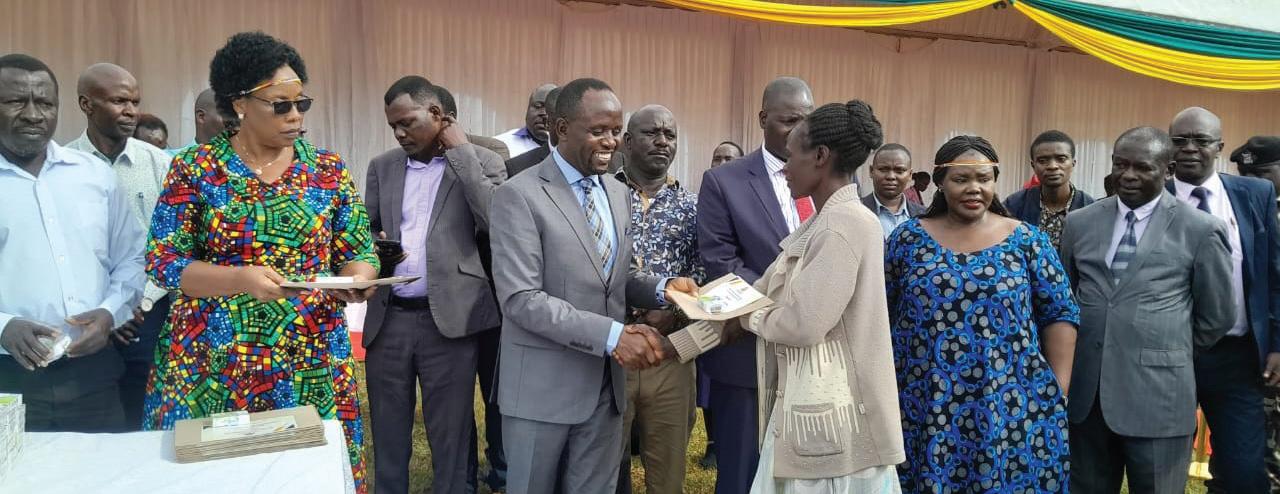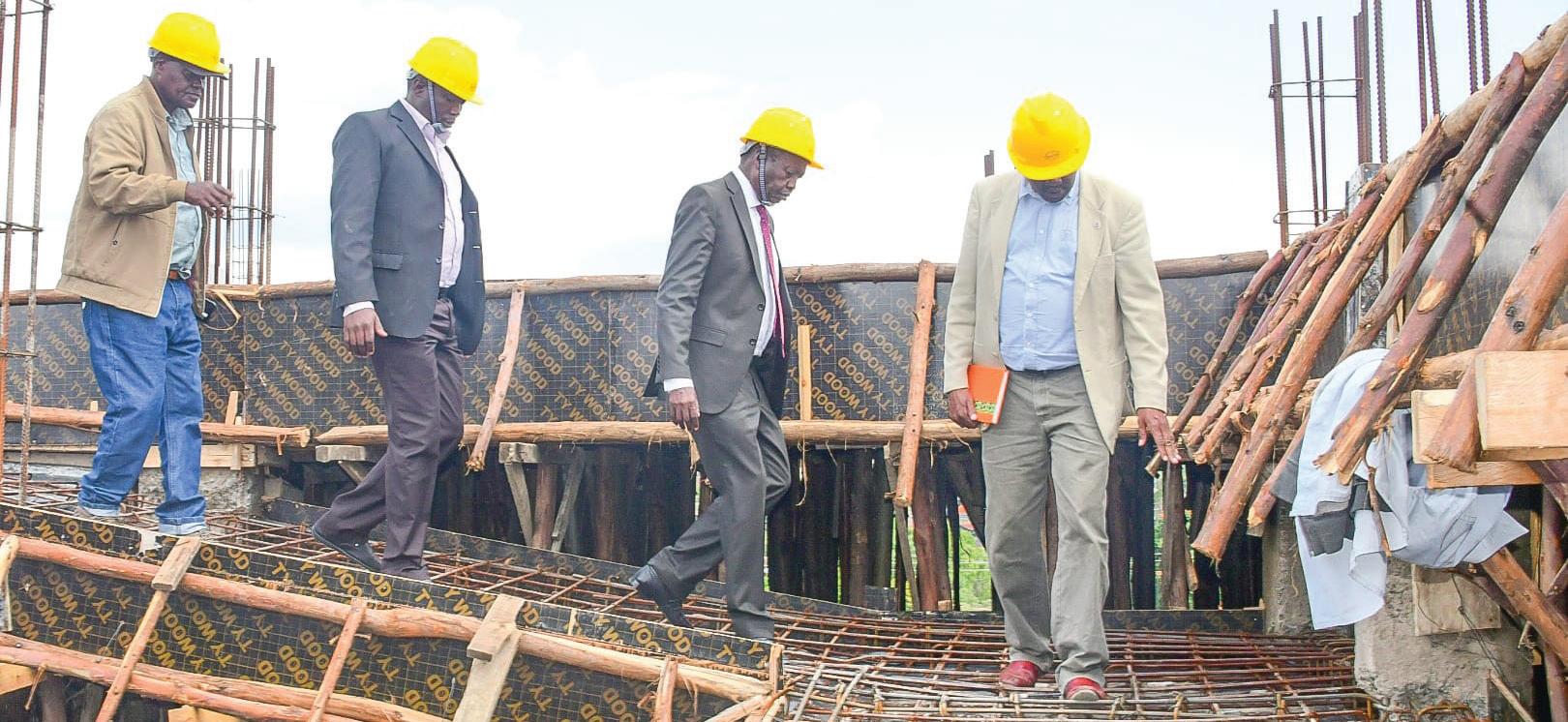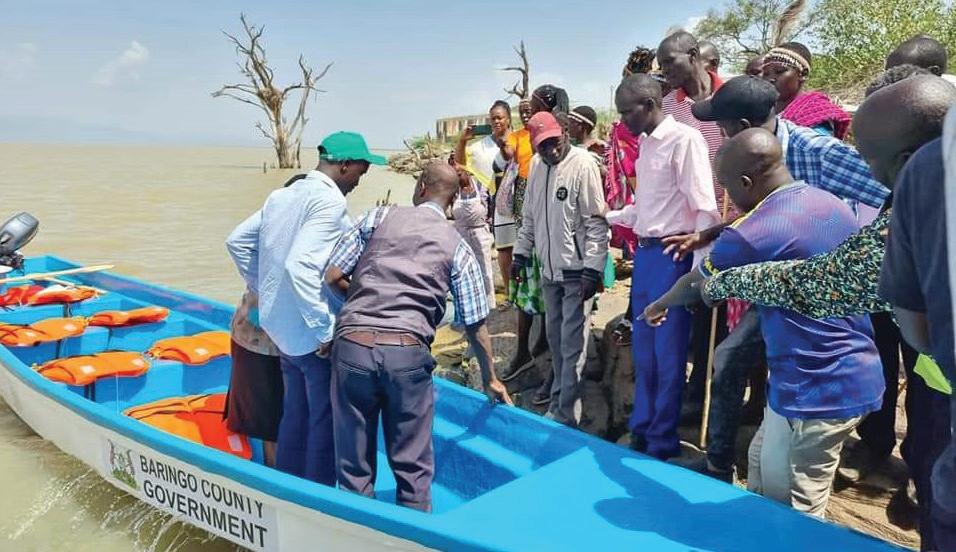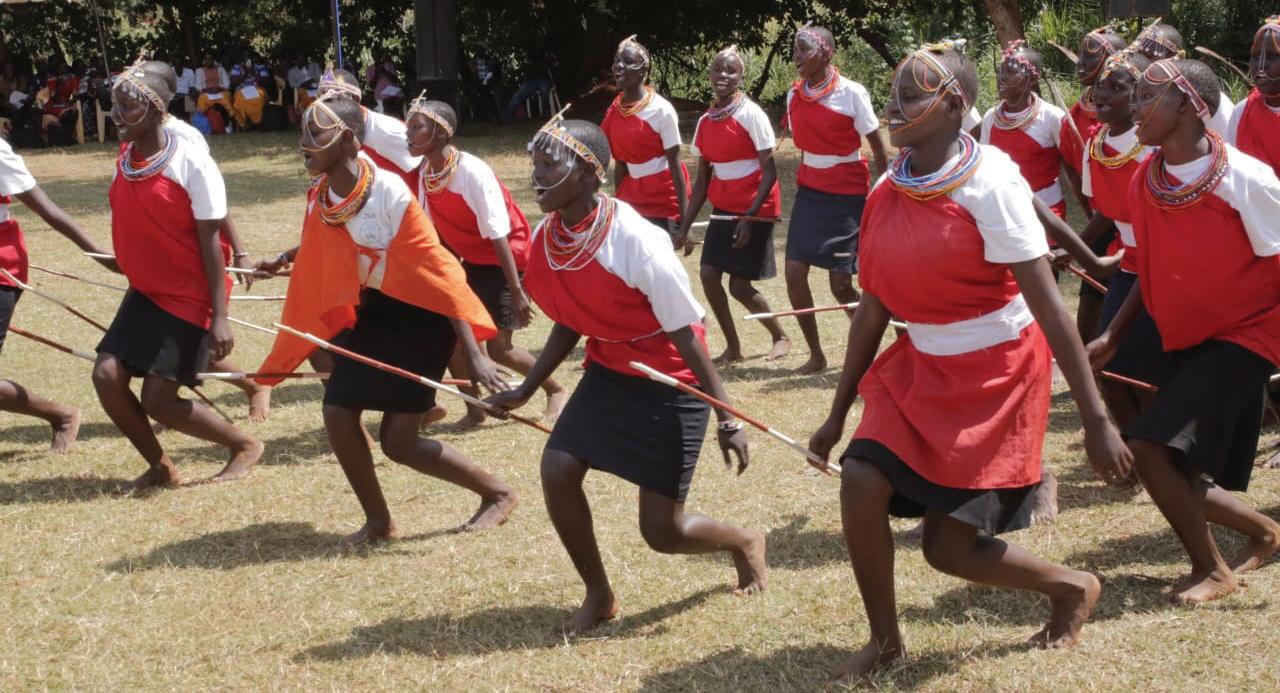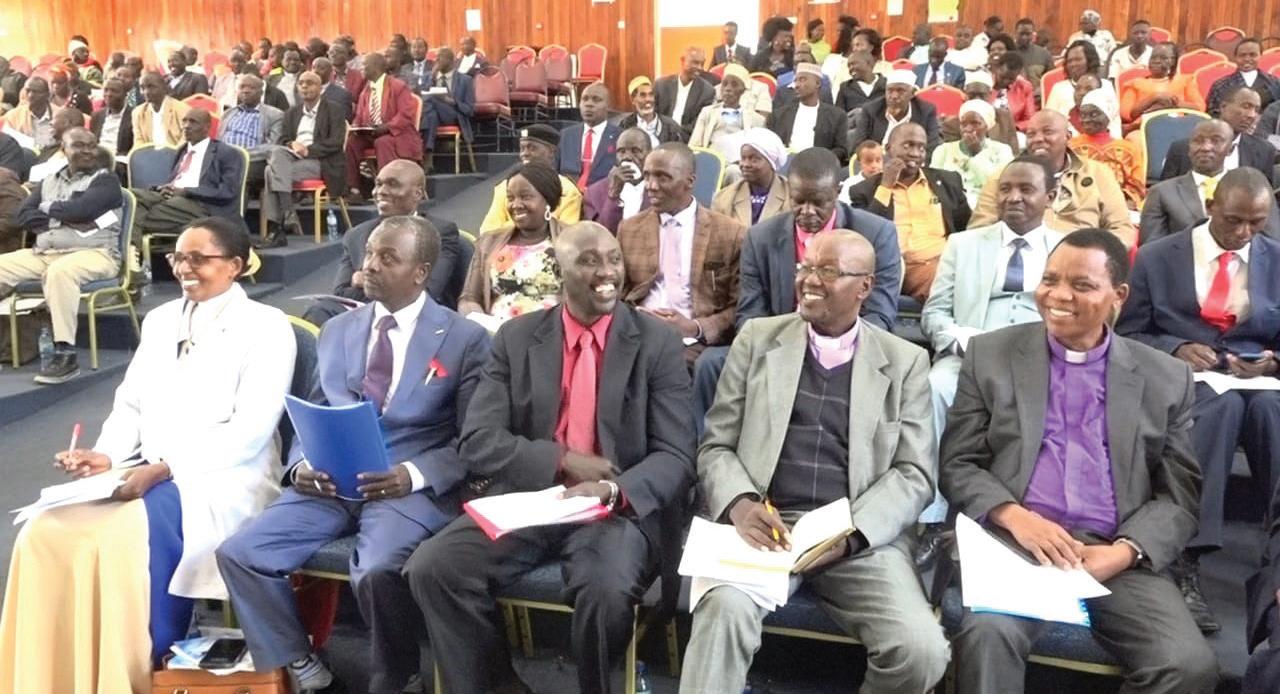
3 minute read
Welcome to Lake Bogoria, habitat of millions of flamingos
By JOSEPH KANGOGO
Welcome to Lake Bogoria, Baringo tourism attraction site where millions of flamboyant flamingos currently flocked into.
Advertisement
Birds and Friends of Nature expert Patrick Kurere said currently Lake Bogoria, among the swollen Great Rift Valley’s alkaline lakes, is currently home of about 2milion bright pink-feather flamingos. They feed mainly on algae.
“Population of flamingos currently perching and feeding in Lake Bogoria has tripled between August last year to date.” Kurere said.
The expert said a number of the female birds which migrated to lake Natron in Tanzania early this year to breed are already back, doubling the population to millions.
He said earlier census carried out in 2010 showed the birds in the lake were paltry 50,000 but today the lake harbours millions of Flamingos, “due to lack of funds we are yet to carry out latest census” he said.
He said the birds may have migrated to Lake Bogoria due to harsh effects of climate change, adverse chemical pollution and drying up of saline Lakes Nakuru, Magadi, Amboseli, Elementaita, Logipi in
Turkana and Lake Natron in Tanzania.
Due to mass exodus, the once famous Lake Nakuru is currently inhabited by less than 50,000 flamingos.
“Global warming, human pollution and drought may have caused too much acidity or basic levels in the above lakes hence causing crush of the algae matter, main feed for flamingoes. Nature is indeed balancing.” Kurere said.
Algae are blue green matter which covers up water body under high temperatures of between 27 and 37 degrees Celsius, compared to other lakes like Logipi and Natron going up 56 degrees Celsius.
Heavy rainfall easily scare away Flamingos and Lake Bogoria is a stagnated Lake basin without a feasible outlet, just like the sister fresh water lake Baringo locates barely 20kilometres to the North.
The expert said due to conservation efforts by the county government and residents’ living around Bogoria conservancy, the lake has maintained its PH level at 10.2, which is good for algae production.
Breeding
He said as their routine the female flamingos will be expected to fly in November to Lake Natron in Tanzania to lay and hatch their eggs for 28 days before flying back. “Single flamingo lays one egg per year” he said.
Kurere further said the young ones are left there in Lake Natron as their parents make frequent visits to and from until the kids are mature enough to fly then they will migrate to live together here in Kenya, lake Bogoria. “Their breeding circle is indeed so interesting” he said.
He said lifespan of a flamingo lasts between 40 to 50 years unless it comes in contact with killer predators such as African Fish Eagle, Tawny Eagle, Caracal, Baboons or Long-tailed Mongoose.
Apart from flamingos Lake Bogoria Game Reserve is also endowed with over 400 rare greater Africa Kudus, Antelope family with grayish, brownish or white vertical strips with short bushy tails.
“They are browsers so they like living in the shrubs so they can camouflage as they breed” Kurere said, adding although the wildlife species were being threatened by harsh drought and lethal poachers but law enforcers are on toes to conserve the heritage.
Flamingos together with African Kudos have boosted and placed Lake Bogoria conservancy among top world’s tourists’ attraction ramsar sites in Kenya.
History
Lake Bogoria was initially named Lake Hannington after Anglican Church English missionary to Africa, Bishop James Hannington, who first visited the site in 1885.
It was later renamed Lake Bogoria after it was being gazette under Kenyan conservancies in 1972 and handed to Kenya Wildlife Service(KWS) and then defund County Council of Baringo South, Mogotio and Koibatek.
The Game park measures 107kilometre square while the lake is 40KM square and being feed by river Waseges, Emsos and fig tree streams.
“Human activities such as irrigation and deforestation are always threatening the lake Feeder Rivers which may end up drying up” Kurere said.
Furthermore, the lake sits on active volcanic vicinity containing over 200 physical and invisible hot springs.
“Popping up hot underground water through the permeable rocks may be the reason of the lake steadily rising even without heavy rains” Kurere said.
He said Lake Bogoria is famed for its geysers with high water temperatures, hot enough to boil eggs in record three to five minutes. However the salt water can't support fish breeding.
Lake Bogoria National Reserve warden James Kimaru applauded the community for avoiding encroachment and helping to conserve the conservancy.
Baringo County Director for Tourism Evans Kipturgo said the lake does not rely much on the inlet as its water seeps up from underground, unlike other Rift Valley lakes.
“So existence or drying up of the major inlets has nothing to do with receding or rising of the water levels in Lake Bogoria” Kipturgo said.
He therefore informed lovers of bird-watching both local and international tourists not to hesitate to make arrangements to visit the site.


